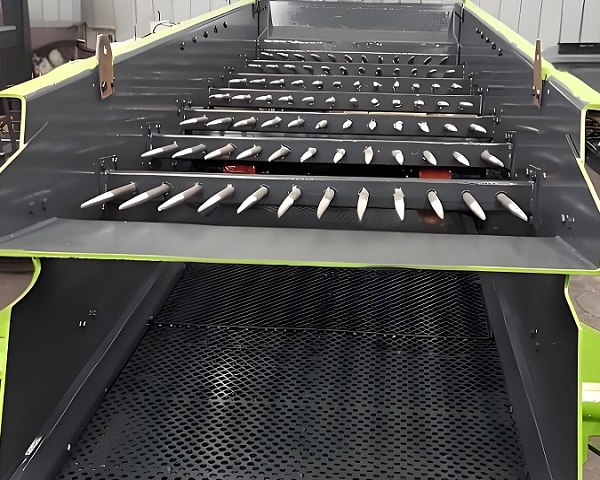
Bar screens play a crucial role in industrial screening, enabling material pretreatment, grading and screening, dewatering and impurity removal, and protection of downstream equipment, thus empowering multiple industries to improve efficiency.

The maintenance of magnetic separators needs to take into account both daily basic inspections and periodic in-depth maintenance, forming a complete system from daily appearance, lubrication and magnetic field inspections to targeted maintenance on a weekly, monthly and annual basis.
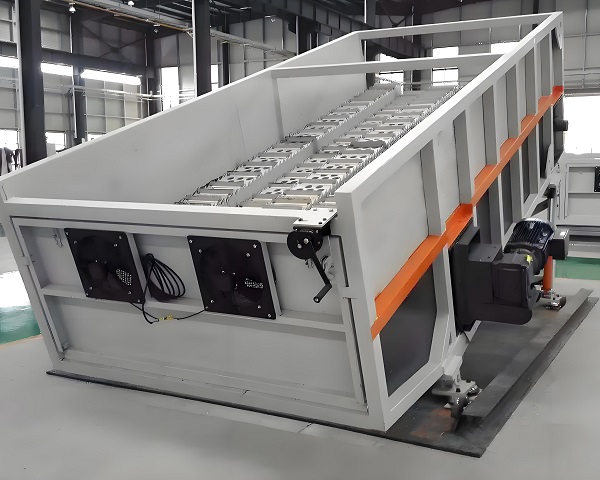
The bouncing screen has achieved breakthroughs in technology such as intelligent control and structural innovation, which greatly improves efficiency and adaptability; its application covers multiple scenarios such as urban domestic waste and old waste, and its resource utilization effect is remarkable.
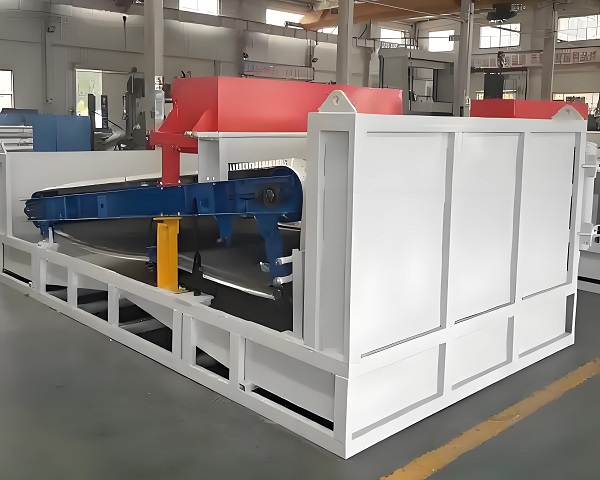
Magnetic separators play an important role in many industries, including mining, metallurgy, environmental protection, food processing, and building materials, due to their wide range of applications and excellent features.

With its wide range of applications and excellent characteristics, the gyratory screen plays an important role in many industries such as food processing, pharmaceuticals, chemicals, and mining.
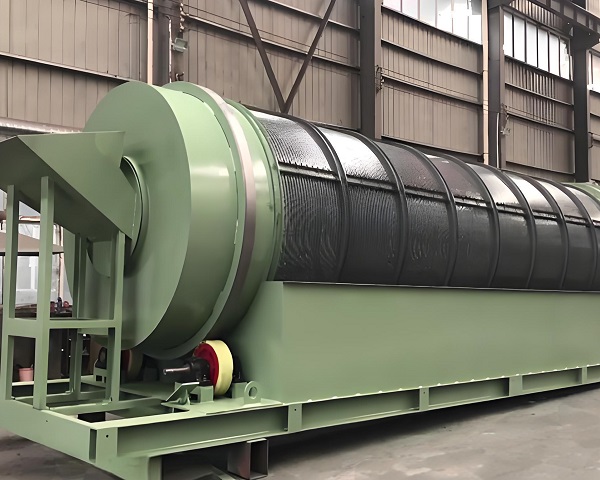
The latest drum screen, thanks to technological breakthroughs such as multi-axis linkage, intelligent sensing, and self-cleaning, combines high precision, strong adaptability, energy saving, and environmental protection.
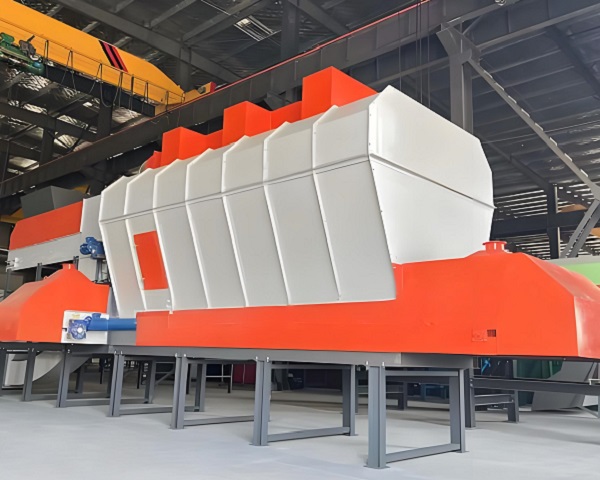
Air classifiers are used for separating light and heavy components, removing impurities, and purifying resources, covering sorting needs in multiple fields. Their non-contact sorting, adjustable parameters, and compact structure solve many pain points of traditional equipment, and have the advantages of high efficiency and environmental protection.
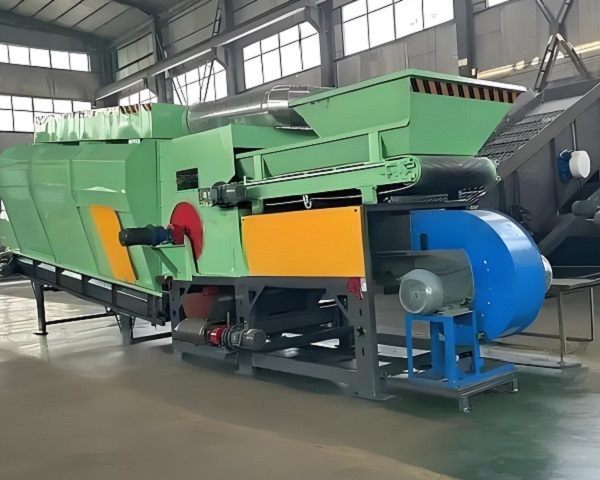
As a key equipment in the field of material sorting, the air separator uses the principles of airflow dynamics to separate light and heavy materials. It has evolved from an early simple air duct equipment to a core tool supporting the upgrading of multiple industries.
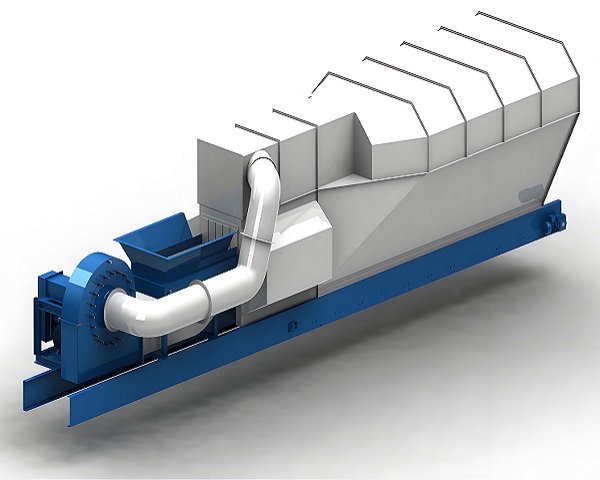
Wind sifter, as a sorting device based on aerodynamic principles, play a central role in the entire waste management process, from pretreatment to resource recovery to waste reduction, thanks to their efficient ability to separate materials of varying densities and particle sizes.
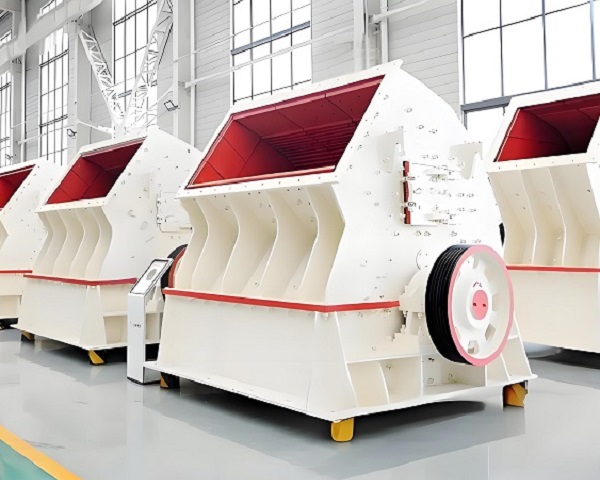
When purchasing a hammer crusher, you need to consider your own production needs and comprehensively consider multiple factors such as equipment parameters, material performance, manufacturer strength, and after-sales service to ensure that the equipment you choose can not only meet your current production needs but also have the potential for long-term stable operation.